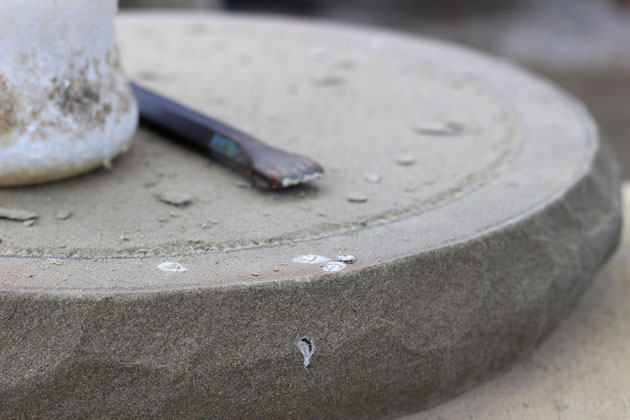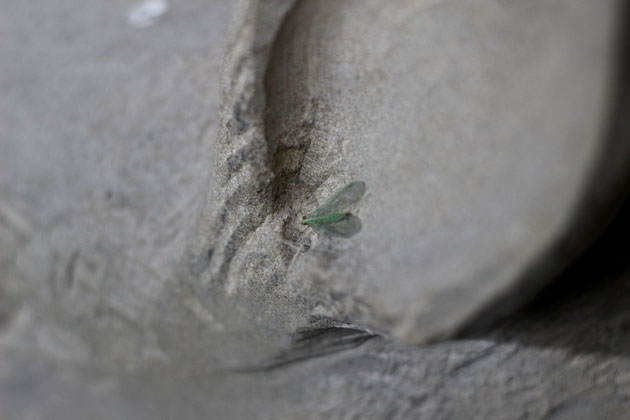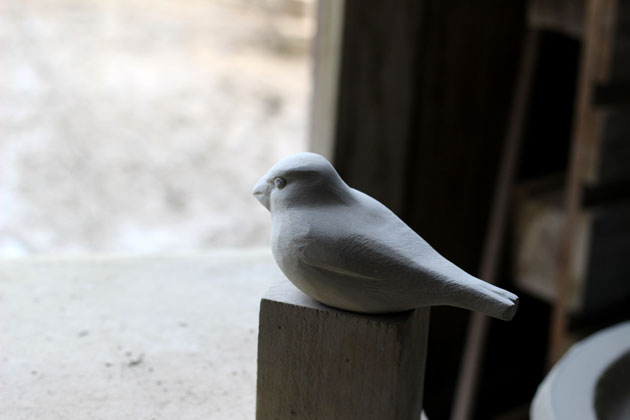Big Garden Birdwatch 2021

I’ve been watching the birds all weekend, but actually timed myself for an hour this morning as part of the RSPB’s Big Garden Birdwatch, after the snow flurry finished, and the sun came out.
One of my aims this year was to carve the first bird I saw – spend the day, once the watch was finished, to sculpt it. I enjoy my birdwatch from the workshop, I’m including it as my garden, so my carving tools are to hand once I finish counting.
Bullfinch made an appearance, along with pheasant, blue-tit, lots of blackbirds, pigeon, partridge, robin, dunnock (many), chaffinch, long-tailed tits – I heard jay, and crows and jackdaw flew over.
It wasn’t a surprise that it was a wren that I first set eyes on. They nest here and are constantly close by. They also find little places in the workshop to roost. While making a Birdbath recently, they visited before I had finished, inspecting progress, obviously standing on the rim expecting to find a bowl shape filled with water for them to bathe in.
Really the main reason, I think, for them coming into the workshop, is to flutter around in search of food. They methodically investigate every crevice and corner for insects, spiders, and whatever they can find. It is surprising how many creatures hide behind, under, or in the hollows in stone. Here a lacewing is taking refuge in the ear of a deer sculpture I’m carving! One the wren missed!

Placing a piece of stone on my workbench I began to draw a wren outline for carving. I’m not at all sure why, but an article I’d recently been reading about the Ryevitalise project came to mind. (Ryevitalise is a Landscape Partnership Scheme supported by the North York Moors National Park Authority. The scheme will revitalize the Rye’s natural and cultural heritage, reconnecting people to the river and supporting the regeneration of the landscape).
The River Rye runs a few miles to the west of me here in Lastingham.
The parkland in the River Rye valley is home to many ancient trees and now forms a protected nature reserve. They reflect some of the conditions of the wildwood which covered the valley thousands of years ago. The trees provide a home for rare invertebrates and fungi, making it an important site for wood-feeding insects. Rot holes in the trees provide nest and roost sites for birds and bats. Birds found here all year round include three species of woodpecker, nuthatch, and the elusive hawfinch. In summer they are joined by pied flycatcher and redstart.
In spring the woodland floor is covered with sheets of bluebells, primroses, and wild garlic.
The project got my attention, and in particular that lamprey and white-clawed crayfish were found in the river and along its edge Alcathoe bats, and especially of interest today because of the birdwatch, Hawfinch are found in the woodland. I’ve never seen a Hawfinch.
My carving became a Hawfinch.

I didn’t get it finished. It will act as a test piece, a learning piece – I’m going to carve one larger so that I can capture the detail on the wing feathers. The hawfinch has extraordinary wing feathers, some of which are twisted and curled at the ends, giving a ruffled appearance at the tip. It is thought that these are used in courtship displays and may produce the whistling sound made by the bird.
Hope you got involved with the Big Garden Birdwatch too – I’d love to hear about the birds you saw (and what was the first on your list?).
